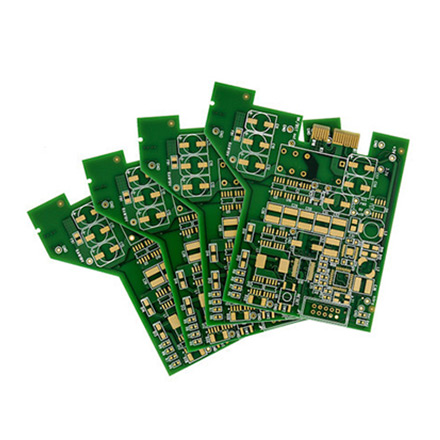

The Allure and Functionality of Clear Reflective Glass
In the realm of modern architecture and design, few materials can rival the aesthetic and functional appeal of clear reflective glass. This versatile material has evolved significantly over the years, becoming a staple in both residential and commercial projects. Its unique properties not only enhance the visual appeal of buildings but also contribute to energy efficiency and environmental sustainability. This article explores the various aspects of clear reflective glass, including its benefits, applications, and the future of this remarkable material.
Aesthetic Appeal
One of the most compelling attributes of clear reflective glass is its striking visual quality. Reflective glass offers a sleek, polished appearance that can transform the facade of any building. When sunlight strikes the surface, it creates a mesmerizing interplay of reflections that can change with the angle of the viewer. This dynamic quality allows architects and designers to create a sense of flow and movement in their designs, enhancing the overall experience of the space.
Moreover, clear reflective glass can help integrate a building with its environment, acting as a mirror that reflects nearby landscapes, trees, and urban settings. This allows structures to blend harmoniously with their surroundings while still making a bold architectural statement. The use of reflective glass also permits creative design choices, as it can be shaped and molded to fit various styles, from contemporary to classic.
Energy Efficiency
Beyond aesthetics, clear reflective glass offers significant energy-saving benefits. As concerns over climate change and energy consumption grow, the demand for sustainable building materials has surged. Reflective glass plays a crucial role in this movement by minimizing heat gain and reducing the need for artificial cooling systems.
The reflective coatings applied to the surface of the glass work by bouncing a substantial amount of sunlight away from the building. This helps maintain a stable indoor temperature, making it easier and more energy-efficient to cool interior spaces during hot months. Consequently, buildings with this type of glass can see reduced energy bills, which is an appealing prospect for both homeowners and commercial property developers alike.

Furthermore, the ability of clear reflective glass to allow natural light to penetrate while controlling glare and heat build-up supports a healthy and comfortable indoor environment. This balance between natural light and thermal performance can significantly enhance the occupants' experience, leading to improved productivity and overall well-being.
Applications
The versatility of clear reflective glass means it is suitable for various applications. In commercial architecture, it is commonly used in office buildings, retail spaces, and hotels, where creating an inviting atmosphere is crucial. On the other hand, in residential settings, reflective glass can be found in windows, facades, and even partition walls, allowing homeowners to enjoy unobstructed views without sacrificing privacy.
In addition to traditional uses, reflective glass is increasingly being employed in innovative ways. For instance, it is frequently used in the creation of modern art installations and sculptures, where its reflective qualities can create captivating displays of light and movement.
Future Trends
As technology continues to advance, the future of clear reflective glass looks promising. Innovations in glass production techniques have led to the development of even more energy-efficient glazing options that offer superior reflective properties without compromising clarity. Moreover, the rise of smart glass technology promises to add new dimensions to reflective glass applications, allowing for dynamic adjustments based on changing light conditions or user preferences.
In conclusion, clear reflective glass is more than just a beautiful architectural element; it is a multifunctional material that supports energy efficiency and sustainability. Its ability to enhance aesthetics while providing practical benefits makes it a popular choice among architects and designers. As techniques evolve and new technologies emerge, the possibilities for its application will only expand, firmly establishing clear reflective glass as a key player in the future of architecture and design. Whether used in a towering skyscraper or a cozy home, this remarkable material continues to inspire creativity and innovation in the built environment.